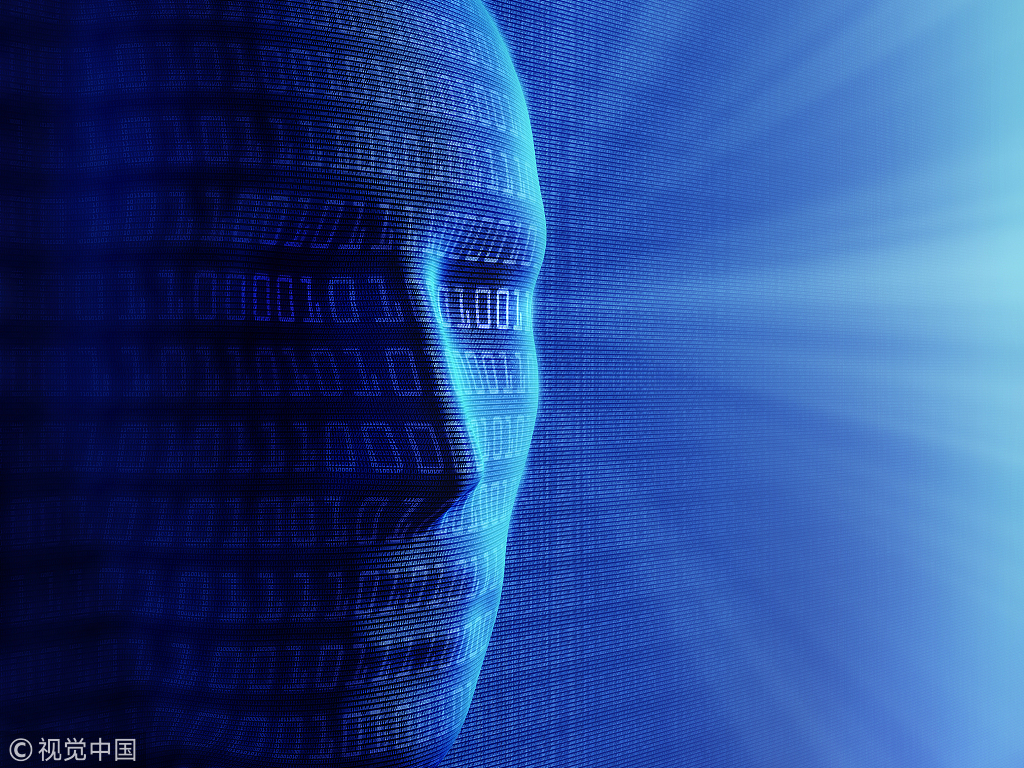
In Dan Brown’s best-selling book, Origin, a scientist creates a computer and equips his machine with the most advanced artificial intelligence programs to make travel arrangements, perform remote navigation – and even hold conversations. All is good until the super computer, Winston, develops capabilities outside its preprogrammed digital boundaries and develops human-like reasoning, whereby the machine becomes criminal and arranges for the disappearance of two characters in the book.
Frightening indeed. However, one must be reminded that Winston is fictitious. The reality is that artificial intelligence offers the chance to benefit mankind and bring major improvements in manufacturing, space exploration, transportation, energy, and human health and rehabilitation. Advances in artificial intelligence will be driven largely by sensors and digital technology, with engineers residing at the forefront of systems development.
21st century manufacturing will make efficient use of sensors and data analytics to improve processes and efficiencies at every stage, from cradle to grave. Smart or intelligent manufacturing programs will foster product customization and create new supply chain models, reshaping entire industries and changing the way companies do business. Industrial robots used in manufacturing will extend their capabilities far beyond automation and predictive tasks; tomorrow’s robots will be smarter and capable of self-diagnosis and self-repair, in addition to communicating and collaborating with other robots.
Artificial intelligence is also allowing advances in automobiles. Not only is the auto industry applying AI software in vehicle assembly operations, but the cars and trucks arriving in the marketplace are increasingly smart and making strong use of AI software to reduce air emissions, increase safety, and improve the driving experience.
AI already has a profound impact in the energy market, allowing power plant operators to increase efficiencies and reliabilities based on digital inputs. AI can also help plant operators meet environmental regulations and make accurate decisions regarding load management.
The applications for artificial intelligence are wide-ranging. AI can be used in pipeline systems for stress analysis and maintenance planning, and in urban centers to connect infrastructures and energy networks. Other potential pathways for AI might include bioengineering. Adoption of AI technologies in the bioengineering field will bring improved care to patients in remote areas, where smart diagnostic tools can be used to deliver health alerts and early warning signs.
As with any disruptive technology, we must ensure that AI technology gains public support, while also ensuring that development proceeds at a steady pace. Engineering is the key to development and adoption of AI. The need for other types of workers, like computer programmers and coders, will be dramatic. Certainly, adopting AI solutions will incorporate decisions that transcend traditional, linear thinking. Engineers and technicians, who will be involved in the development and implementation process, will need different training than what is offered in today’s traditional education environment.
AI needs to be reliable and safe before we can trust it. AI requires data collection and analysis. The analyzed data is then used to make decisions or judgments and tells a machine or system to take certain actions. All these components, data, analytics, and hardware must work in an interoperable fashion. We need standard protocols for data collection, and for data analysis, and for system decision making.
These activities require the development of strategies for data collection, development of software tools, and control systems. There is still much R&D that is required. Along with other international technical societies, ASME is actively engaged in the dissemination of the needed scientific and technical information through conferences and publishing state-of-the-art, novel ideas.
In collaboration with other standard development organizations, ASME is involved in determining the needed standards and will work with international partners to develop such standards. We need international collaboration before we can develop trusted data and standards and before we can develop and implement trusted AI systems.
And for widespread AI adoption, the culture change will be profound. The public must understand the benefits and develop trust for this technology. Key to this transformation is cultivating an underlying trust in the AI technology and recognizing that the benefits outweigh the risks.
After all, we don’t want another Winston.
(The author is the President of the American Society of Mechanical Engineers)


